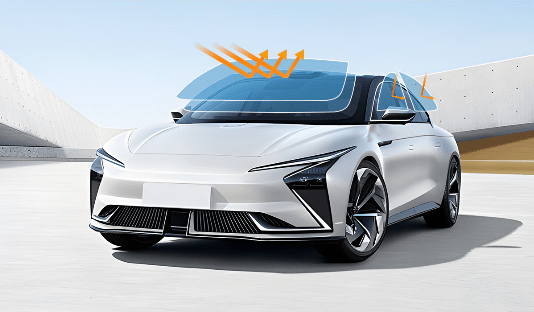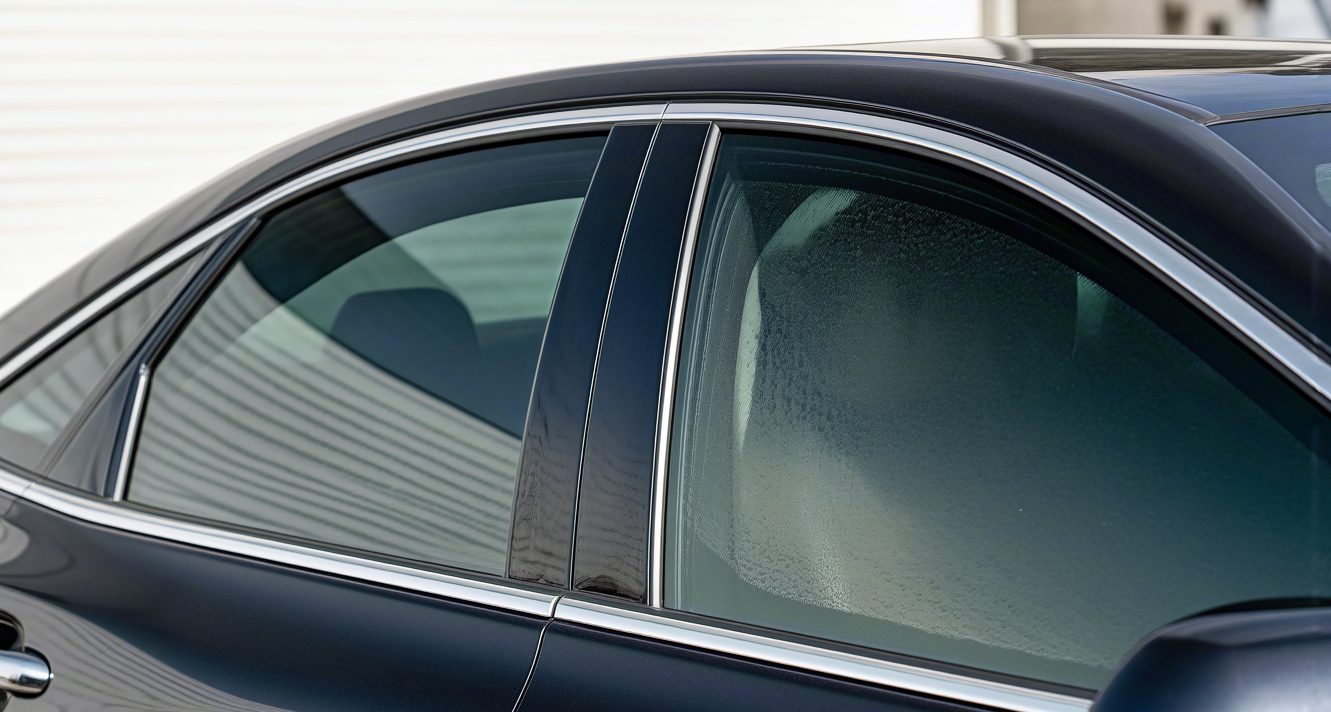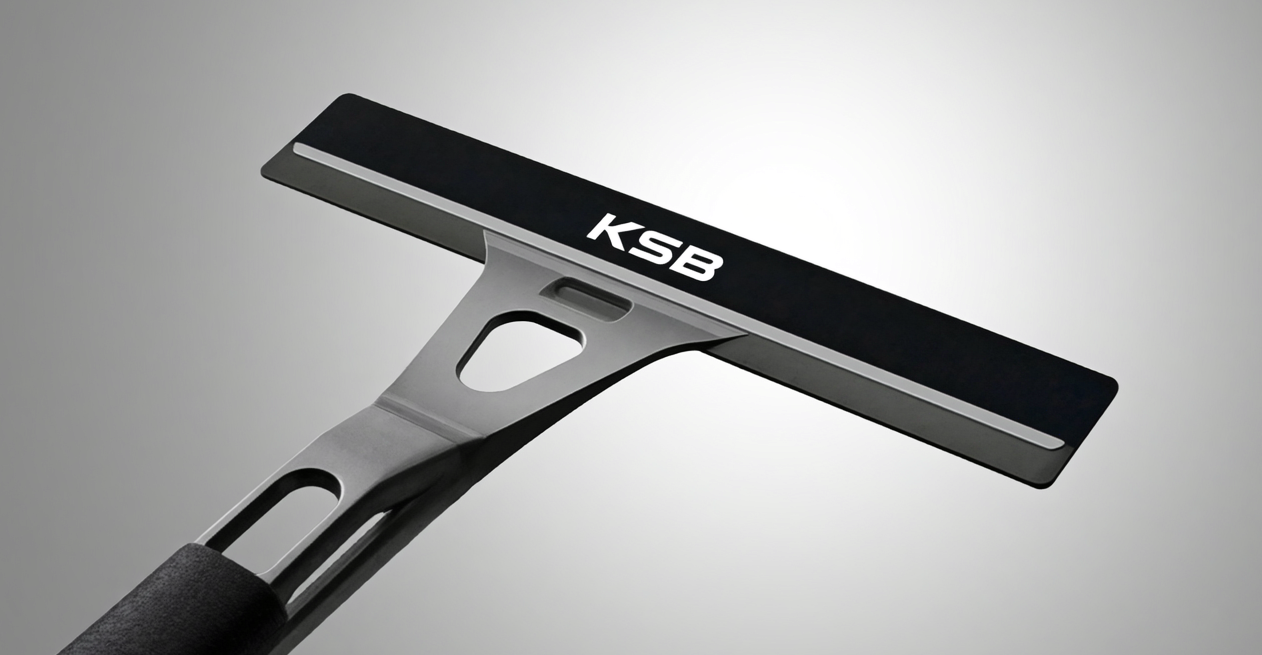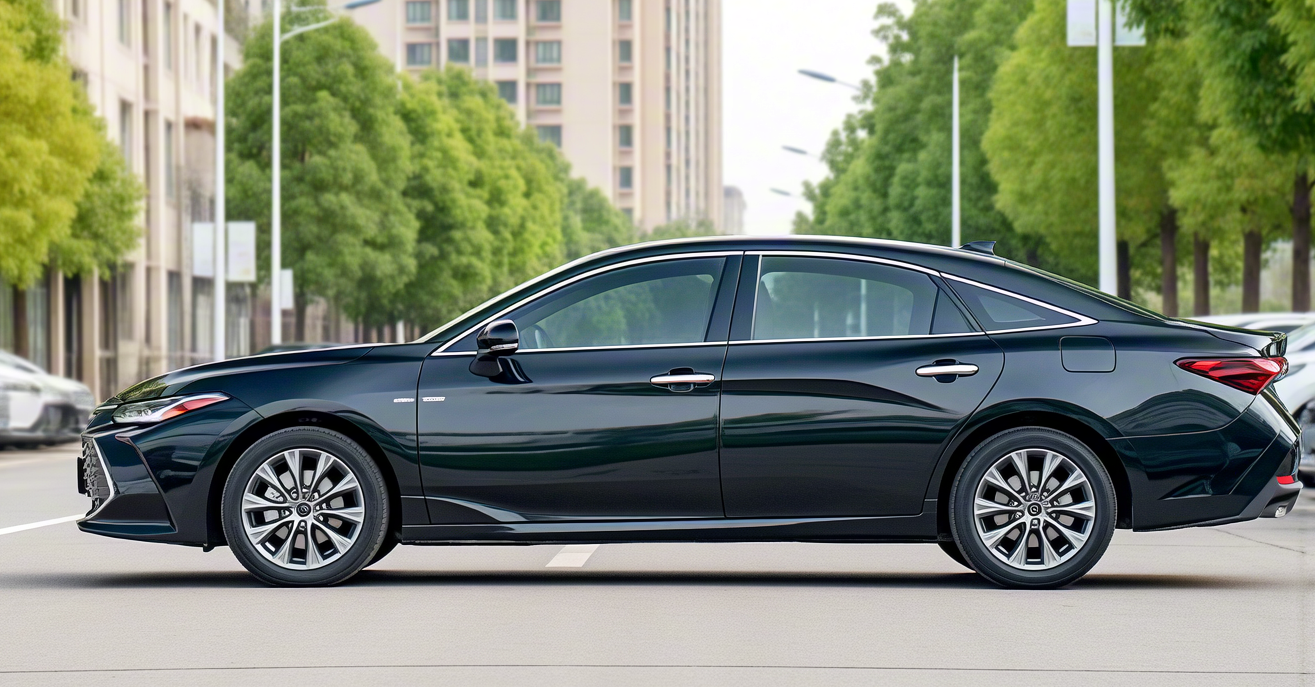Ceramic vs. Dyed Window Films: Finding the Best Choice for Your Car
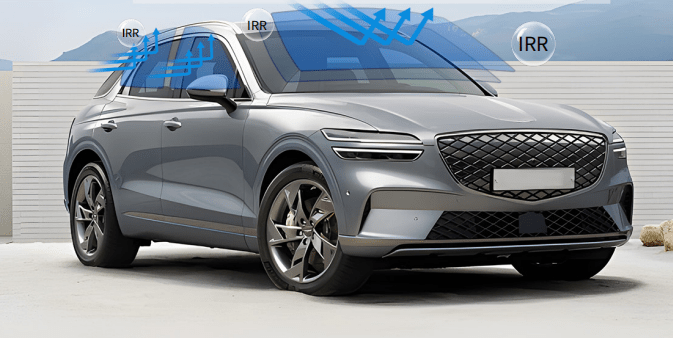
For drivers seeking to enhance their driving experience and protect their vehicle’s interior, automotive window films offer an innovative and practical solution. As these films grow in popularity, understanding the critical factors in selecting the right type—including UV protection, heat rejection, glare reduction, privacy, and local regulations—becomes essential .
Among the options, ceramic films and dyed films stand out as two leading choices. Ceramic films excel in performance, while dyed films attract users with affordability and deep-tone privacy .
Ceramic Window Films: Where Technology Meets Performance
Ceramic films leverage advanced nanotechnology to embed non-metallic, non-conductive ceramic particles into the film layers. This composition delivers advantages beyond traditional options:
- Superior heat rejection without signal interference (unlike metal-based films) .
- Blocks up to 99% of harmful UV rays, protecting both occupants and interior surfaces from sun damage.
- Exceptional infrared heat reduction, significantly lowering cabin temperatures even in intense sunlight.
- Long-lasting durability with minimal fading or discoloration over time, ensuring clarity and color stability .
- Maintains excellent visibility for nighttime driving.
Considerations:
- Higher upfront cost compared to dyed films, reflecting advanced materials and technology.
- Requires professional installation to avoid bubbling or peeling; brands like KASHIBANG (with 18+ years of expertise) offer reliable solutions at competitive prices.
Dyed Window Films: Affordable and Practical
Dyed films use a layer of dye sandwiched between adhesive and protective coatings, providing a non-reflective, dark appearance:
- Absorbs solar energy to reduce glare and maintain cooler interiors.
- Budget-friendly with multiple color options for aesthetic customization.
Limitations:
- Lower UV protection and heat rejection compared to ceramic films.
- Prone to blurring under direct sunlight and fading/discoloration over time.
Key Differences: Making an Informed Choice

Final Recommendations
Choose Ceramic Films If You :
- Live in hot climates or own a luxury/electric vehicle.
- Prioritize maximum performance and long-term ownership .
- Require unhindered GPS/radio signals (critical for EVs) .
Opt for Dyed Films If You :
- Seek cost-effective basic heat/privacy benefits.
- Drive a standard commuter vehicle or plan to replace it soon.
In summary, ceramic films outperform in heat rejection, UV protection, and longevity but come at a higher cost. Dyed films offer an economical entry point with aesthetic flexibility but compromise on durability and efficiency. Your choice ultimately hinges on balancing performance needs with budget considerations.
Global Partnership Opportunity: Lead with KASHIBANG
As a pioneer in nano-ceramic technology, KASHIBANG invites strategic collaborations through:
- Regional Exclusivity
- OEM/ODM Production
- Co-Branding Programs
Why Partner?
Access to 15 yearsof R&D and a 3,000+ vehicle intelligence database
Full ecosystem support: automated cutting tech, certified training, marketing assets.
Contact our Global Business Team:
Email: ksb0703@kashibang.com
Responses within 24 hours | Bilingual Support (EN/CN)





